 Pois de Senteur - творение Jacques Guerlain. Аромат был создан в 1917 году.
Pois de Senteur - творение Jacques Guerlain. Аромат был создан в 1917 году. Мода на душистый горошек возникла на излете Викторианской эпохи, когда услиями шотландского селекционера Хенри Экфордa было выведено множество разновидостей этого растения. Благодаря чудесам селекции душистый горошек, Lathyrus Odoratа, стал удивлять не только своим запахом, но и цветом и формой. Вплоть до Второй мировой войны духи на тему душистого горошка выпускали многие дома, но мне достоверно известно только о Горошках Guerlain.
Мне довелось попробовать Pois de Senteur, cозданный Жаком Герленом в 1917 году. Флакону-фонарику на тот момент было около 75 лет, но его содержимое сохранилось лучше, чем фотографии времен молодости моей бабушки. Аромат был поразительно юн. Удивляла не только его сохранность, но и сам факт его существования. Pois de Senteur не вписывался в мои представления об ароматах того времени. В нем не было ничего из того, что у меня ассоциируется с классикой: ни пудры, ни альдегидов ни какой-бы там ни было классической базы. Если бы его сделали сейчас, это была бы идеальная Aqua Allegoria. Pois de Senteur Guerlain прозрачен, звонок и чист. Это легкий, хохочущий аромат летних цветов, не обремененных ни медом, ни пыльцой, лишь немного свежей зелени в придачу. Редкие ароматы, попробованные лишь однажды, оставляют у меня в памяти такие яркие впечатления. Но Pois de Senteur Guerlain это удалось.
http://perfumesmelli...senteur-by.html
Fol Arome (1912) and Pois de senteur (1917) are like different reflections of the same idea - Heure Bleue. They are based (I guess) on the same formula where Jacques Guerlain emphasized certain aspects. (...)
In Pois de Senteur he explored the floral honey note of HB.
The sweet pea (Lathyrus odoratus) in perfumery is a sweet delicate floral perfume with orange flower and a green hyacinth note, plus a honey-rose note on a light balsamic base.
All these note are already present in HB (but with a different proportion).
Pois de senteur by Guerlain has a strong honey note, realized with the base Miel Blanc de Laire (already present in traces in HB, and in many Caron perfumes).
This honey note is put on a spicy orange flower like a light Origan (Coty).
The ionones (iralia) are in an important dosage but they don't show up. Compared to HB, the sandal wood and the sweet notes (heliotrope, vanilla, etc) are reduced a lot and the honey accent is here an entire theme.
Imagine you have HB formula:
you modify it to be floral (and not so sweet), you cast the honey and voilà - Pois de senteur.
Despite my very simplistic approach, the perfume is complex and worked like an embroidery.
The subtle aldehyde in HB (C12) is now in Pois de senteur C10, for the orange aspect (I hope I identified well).
Top - citrusy (bergamot, orange), very little aldehyde, green hyacinth accent
Heart - floral sweet: orange flower, violet-orris (ionones, iralia, orris), honey notes (+ rose), light spicy
Drydown - powdery sweet woody : vanilla, sandalwood, balsamic notes+resines
From MUA:
"From what I can find online this beautiful sweet floral was created by Guerlain in 1917. The description of the parfum on Perfumed Court states that it is a sweet pea floral with spicy and citrus notes.
I would add to this that it all dries down into the classic Guerlain base and I could definitely smell the vanilla in that base. This scent is a masterpiece, and I wish Guerlain would re-release it - untampered with, of course.
When I first applied the parfum, I got a faint whiff of citrus-spiked floral before the scent settled into a sweet, clear floral.
This sweet pea is almost ethereal on my skin for the first hour or so. Then, as the Guerlinade base kicks in, it starts to get more powdery and the vanilla is discernible amongst the sweet pea scent.
The effect is meltingly beautiful.
This parfum made me feel as if I were in a very old-fashioned time and place.
I would have to be in the right nostalgic mood to want to wear this scent, but it truly is a treasure."




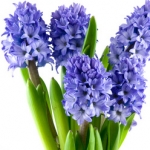
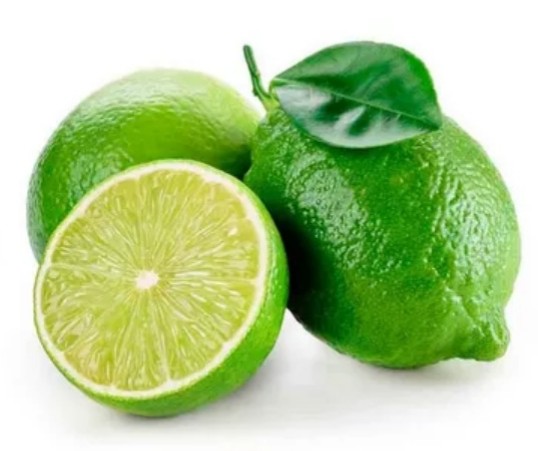

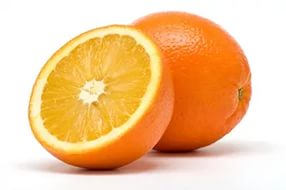
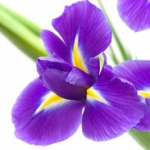
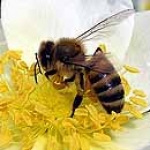
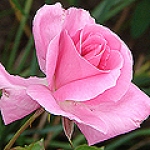
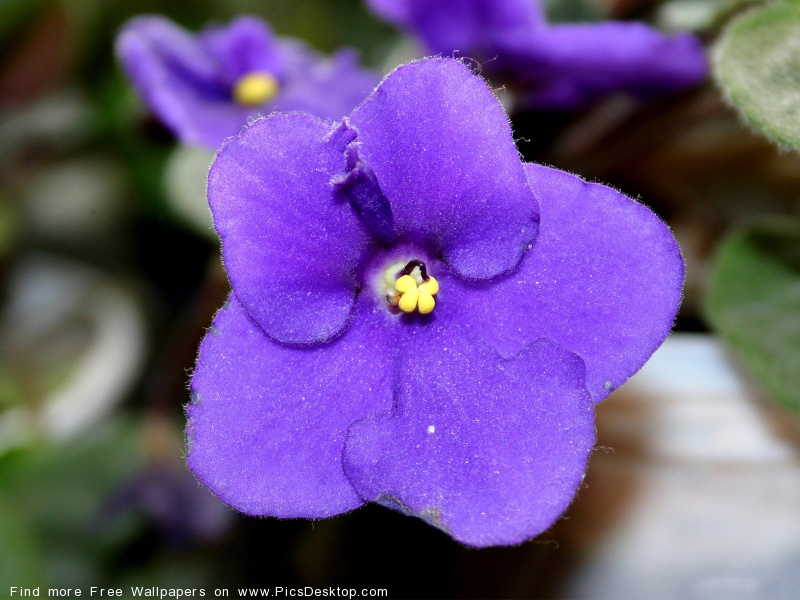
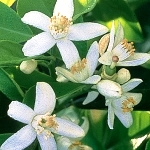
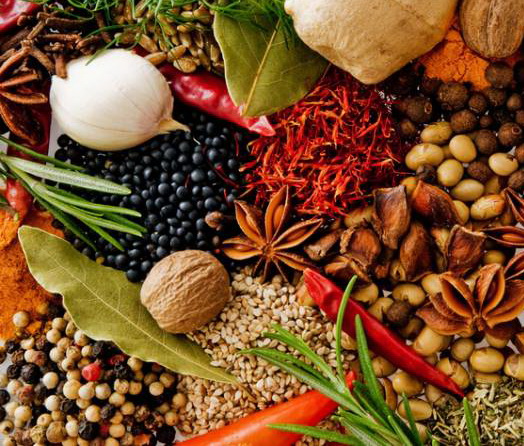
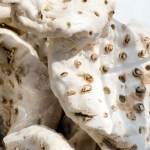
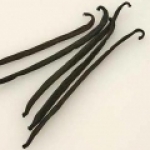
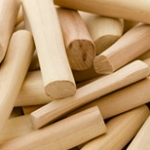
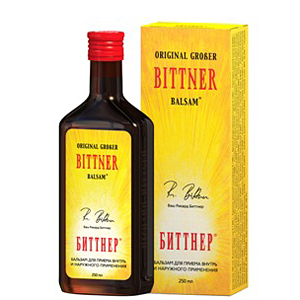





Confirm Delete
Manage Comments